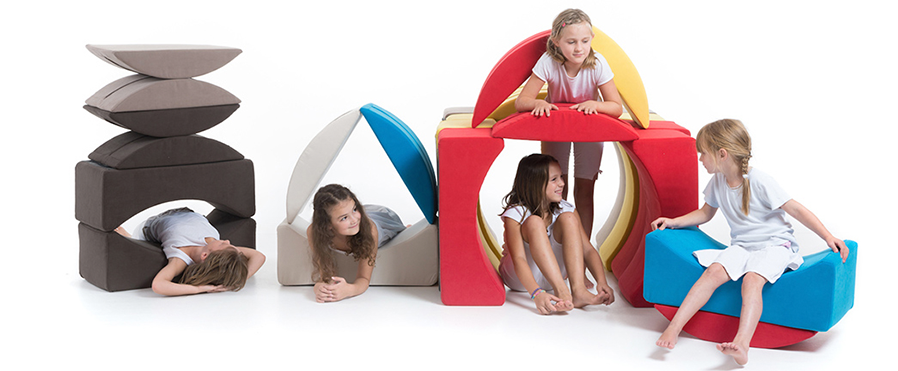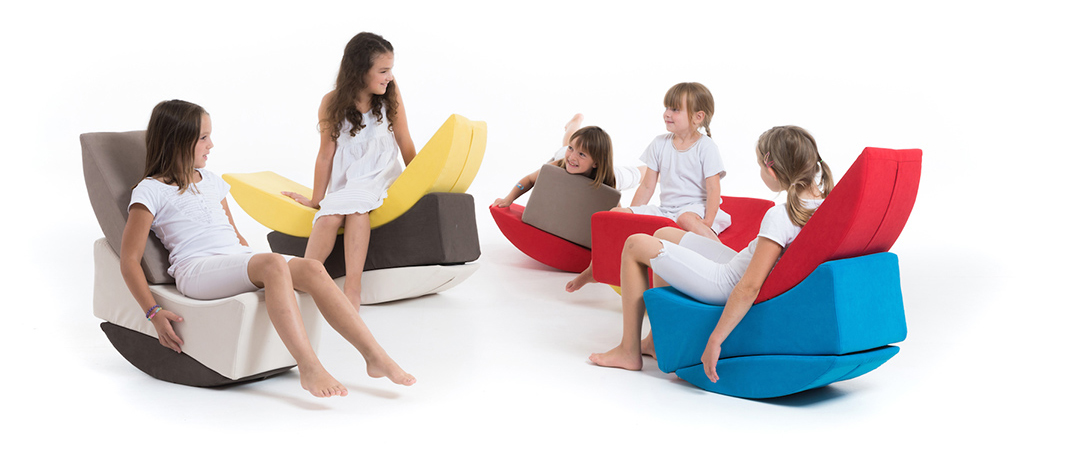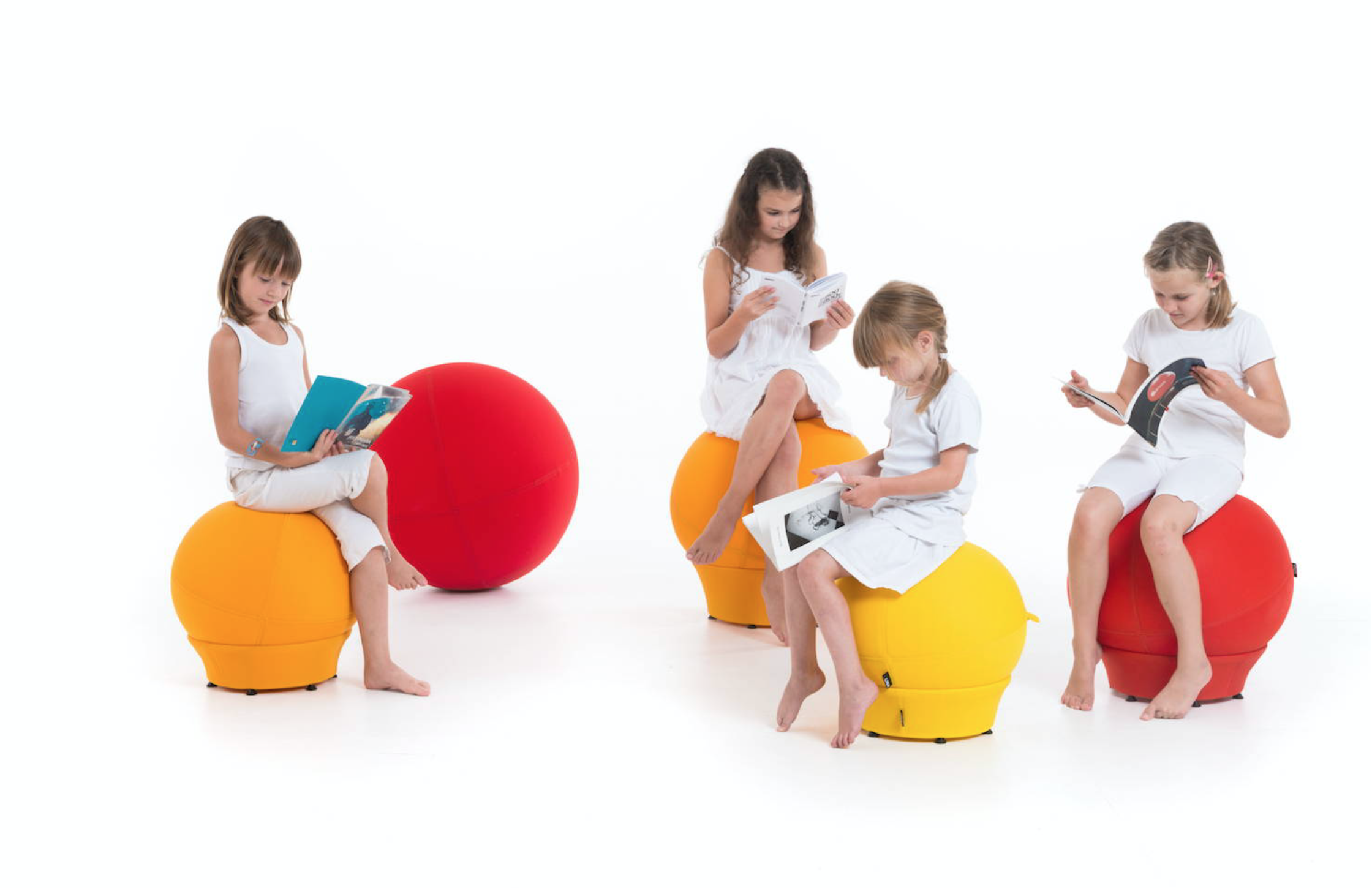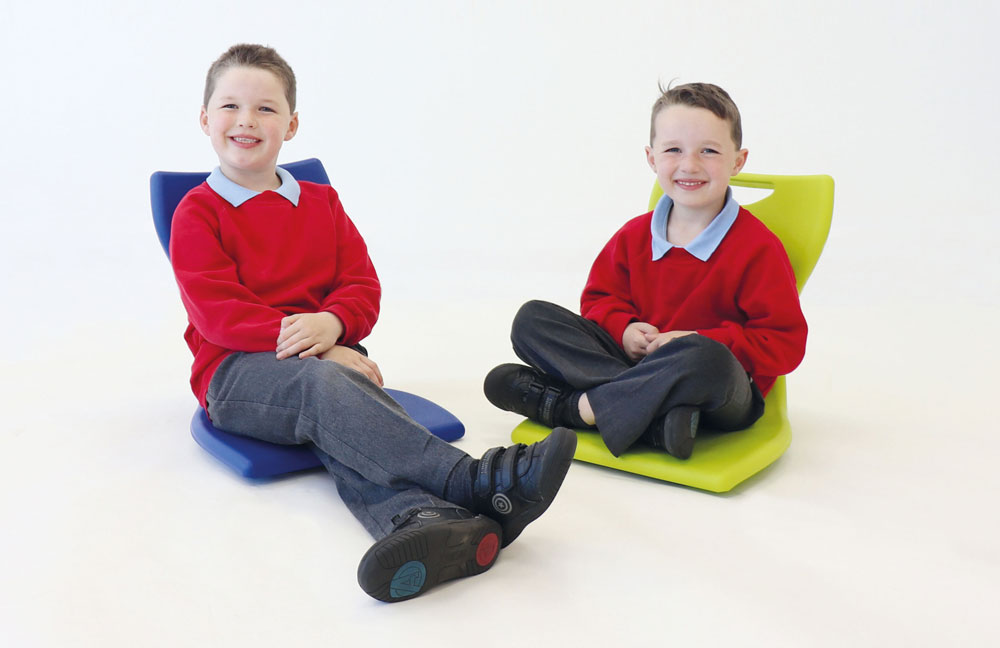
The learning environment is of utmost importance in schools. Children spend up to 6 hours a day in school and without the appropriate and inspiring surroundings, we aren’t giving our children the best opportunity to flourish. Décor, engaging displays on the walls and how a classroom looks are of course important factors, but how important is the furniture we sit, write and learn on? With many schools keeping the same furniture for years on end, classrooms begin to look tired; not updating the furniture means that classrooms get stuck in time, not just aesthetically but also developmentally.
Is the furniture we choose for children setting them up for the best start in life?
Office employees are often required to fill out forms to ensure their work station is fit for purpose. A lot of care and attention is given to ensure ultimate comfort for the wellbeing of staff. Is the furniture at your school supporting your students’ wellbeing as best as possible? It is a well-known fact that unsuitable seating can lead to posture issues and back pain. This is one of the reasons why these types of surveys are carried out within offices. But shouldn’t this type of care start from childhood? Studies show that poor posture causing back pain can lead to trouble getting to sleep at night which in turn, leads to poor concentration abilities and a dip in mood, affecting school performance and results. Not only this, but sitting in one position for hours on end also can lead to a lack of motivation and concentration. But how can we combat this? It’s difficult to give one definitive answer! It’s not a case of one size fits all. Each child learns differently and this also rings true with regards to school furniture. Below are some creative ideas to incorporate into your classroom.

What is Active Sitting?
Many of us can remember being told to ‘Sit still!’ in school. However, research has shown that perhaps this instruction has done more damage than good. Active Sitting can be defined as when the furniture used allows for movement instead of a traditional static chair on the ground. It is also sometimes referred to as ‘Dynamic Sitting’. Children have an innate need to move around as their sensory systems are still developing. For example, to rock back and forth on their chair. Instead of ‘fidgeting’ with things that may distract from their work, it encourages movement in a positive way. It is argued that if children have their sensory needs met, they’ll be better learners. Active Sitting choices are already popular in offices but can they be introduced in schools too?
- Standing desks
Adapting this popular modern office technique in schools can be majorly beneficial. Standing desks are a way to increase productivity whilst also having added health benefits. Results have proven that standing whilst working can lower blood sugar levels, lower the risk of heart disease in later life and overall health in general. They are becoming increasingly more popular in offices across the world and schools alike. The moving around burns off excess energy and is ideal for children who aren’t comfortable sitting still for hours on end.
- Retreat Relax Ball…read more
The Relax Retreat Ball has a removable base. When the base is intact, the ball stays static, creating a less active sitting mode, similar to when sitting on a chair. When the base is removed, the ball is free to roll around which creates an active sitting mode. The user has to concentrate to use their core muscles to stay balanced on the ball, keeping the brain active and sharpening productivity and focus. The Retreat Relax Ball is also especially beneficial for those with sensory disorders or ADHD, allowing their brains to be engaged. They also encourage correct posture and to sit up straight which protects the spine and lessens the risk of back pain. Ensure the correct size ball is bought for students- knees should be parallel to the floor.

- EN Bob Floor Chairs…read more
When children sit on the floor, for perhaps story time or group activities that require the children to be sitting on the carpet, posture is not supported as it would be when on a chair. The EN Bob floor chair provides the posture support of a chair, even encouraging children to want to be sitting on the floor. The EN Bob supports Active Sitting as the chairs do not have legs. It allows some movement of slight rocking and thus are not static to the floor. Teachers have reported the innovative and award winning EN Bob is like nothing they’ve ever seen before; a real star of the classroom.

Of course this isn’t to say that Active Sitting is suitable for 100% of the time; variety is key. Ideally it is thought that children should spend some of the day sitting and spend some of the day active. Whether that be Active Sitting whilst working or physical activity in another form. One idea is to have a station of Active Seating as options for children who may be feeling particularly restless that day, or who feel that working in this manner is beneficial to them. When picking a more traditional chair, choose a chair that is adaptable, has a variety of colours and sizes, is comfortable and as a bonus, looks great.
Have you incorporated Active Sitting into your school? Would you like a free consultation from our sales team? We have the expert skills to help you transform and modernise your classroom in an innovative way.
Is Active Sitting the future? Could we give our children a future without back pain whilst supporting their sensory needs?


